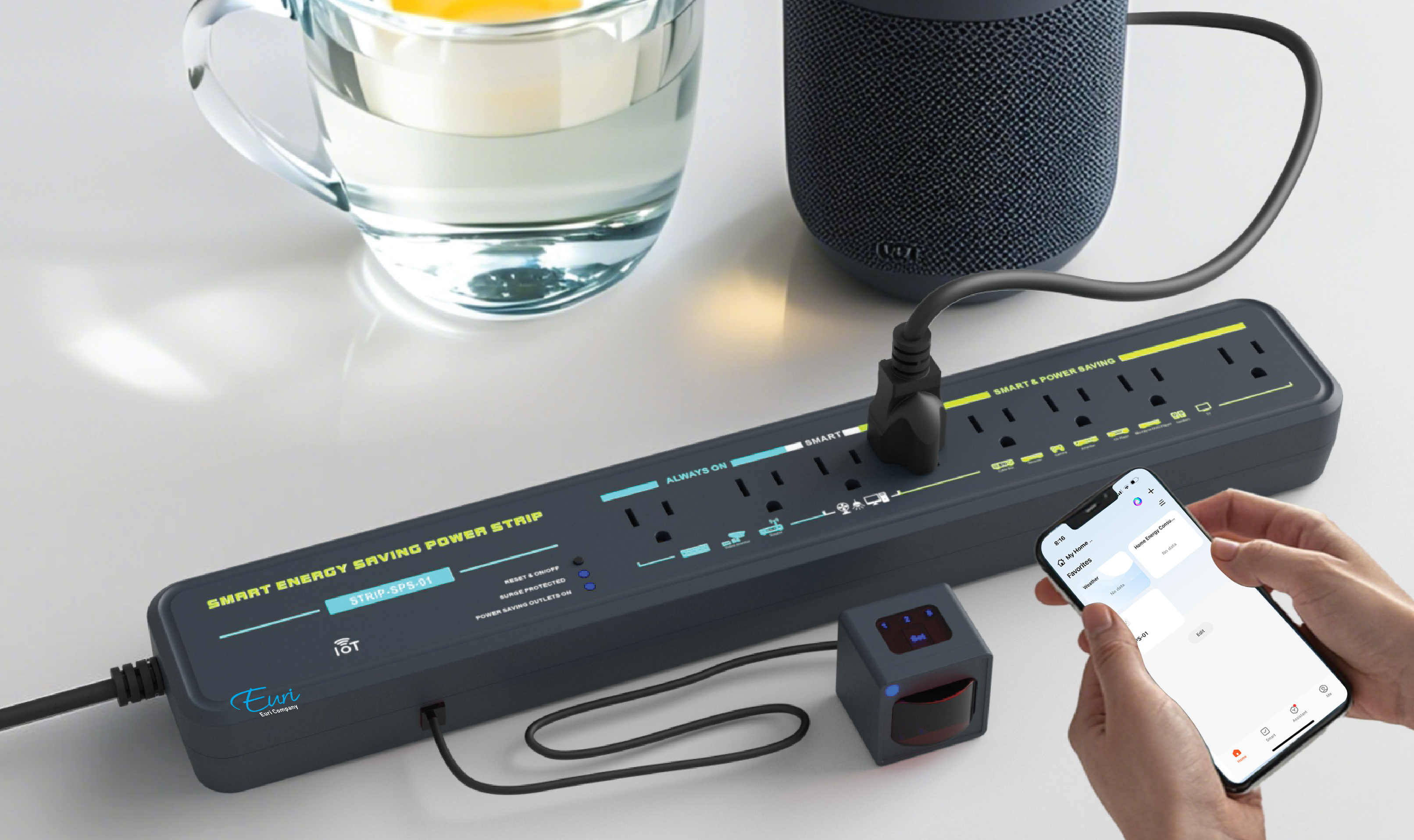Understanding the Difference Between Level 2 and Level 3 EV Chargers
In summary, the primary difference between Level 2 and Level 3 EV chargers lies in their charging speed, power requirements, connectors, and cost. While Level 2 chargers offer convenient and relatively affordable charging solutions for everyday use, Level 3 chargers provide rapid charging capabilities suitable for long-distance travel and high-demand scenarios. Understanding these differences can help EV owners make informed decisions about charging their vehicles efficiently and effectively in various situations. As EV technology continues to advance and infrastructure expands, both Level 2 and Level 3 chargers will play integral roles in shaping the future of transportation towards sustainability and energy efficiency.

Understanding the Difference Between Level 2 and Level 3 EV Chargers
As electric vehicles (EVs) become increasingly popular, the infrastructure supporting them is evolving rapidly. One of the crucial aspects of this infrastructure is the charging stations. When discussing EV chargers, you might have come across terms like Level 2 and Level 3. But what exactly do these levels entail, and what sets them apart? Let's delve into the intricacies of Level 2 and Level 3 EV chargers to understand their differences.
Level 2 EV Chargers:
Level 2 chargers are the most common type found in residential and commercial settings. Here's what you need to know about them:

1. Charging Speed: Level 2 chargers typically provide charging speeds of 10 to 60 miles of range per hour, depending on factors such as the vehicle's onboard charger capability and the power output of the charging station. This makes them suitable for overnight charging or extended periods of parking, such as at workplaces, shopping centers, or multi-unit dwellings.
2. Power Requirements: Level 2 chargers require a 240-volt AC power supply, similar to what is used by large appliances like electric dryers or ovens. Installation may involve the services of a qualified electrician to ensure compliance with local electrical codes and standards.
3. Connectors: Level 2 chargers typically use a J1772 connector, which is a standardized plug for EV charging in North America. This connector is compatible with most electric vehicles available on the market.
4. Cost: The cost of Level 2 chargers can vary depending on factors such as brand, features, and installation requirements. However, they are generally more affordable than Level 3 chargers.
Level 3 EV Chargers (DC Fast Chargers):
Level 3 chargers, also known as DC fast chargers, offer significantly faster charging speeds compared to Level 2 chargers. Here are the key characteristics of Level 3 chargers:

1. Charging Speed: Level 3 chargers can provide much higher charging speeds, delivering up to 80% charge in as little as 20 to 30 minutes, depending on the vehicle and charger specifications. This makes them ideal for long-distance travel and situations where quick charging is essential.
2. Power Requirements: Level 3 chargers operate on a higher voltage DC power supply, typically ranging from 200 to 600 volts. They require specialized equipment and infrastructure, including high-powered transformers and cooling systems, which are usually installed and maintained by charging network operators.
3. Connectors: Level 3 chargers use different types of connectors depending on the region and standards. In North America, the most common connector for Level 3 charging is the Combined Charging System (CCS) or CHAdeMO connector.
4. Cost: Level 3 chargers are significantly more expensive to install and operate compared to Level 2 chargers due to their higher power requirements and specialized equipment. As a result, they are typically found along highways, major routes, and in commercial areas rather than residential settings.
Conclusion:
In summary, the primary difference between Level 2 and Level 3 EV chargers lies in their charging speed, power requirements, connectors, and cost. While Level 2 chargers offer convenient and relatively affordable charging solutions for everyday use, Level 3 chargers provide rapid charging capabilities suitable for long-distance travel and high-demand scenarios. Understanding these differences can help EV owners make informed decisions about charging their vehicles efficiently and effectively in various situations. As EV technology continues to advance and infrastructure expands, both Level 2 and Level 3 chargers will play integral roles in shaping the future of transportation towards sustainability and energy efficiency.




.jpg)
.jpg)


















































.jpg)

